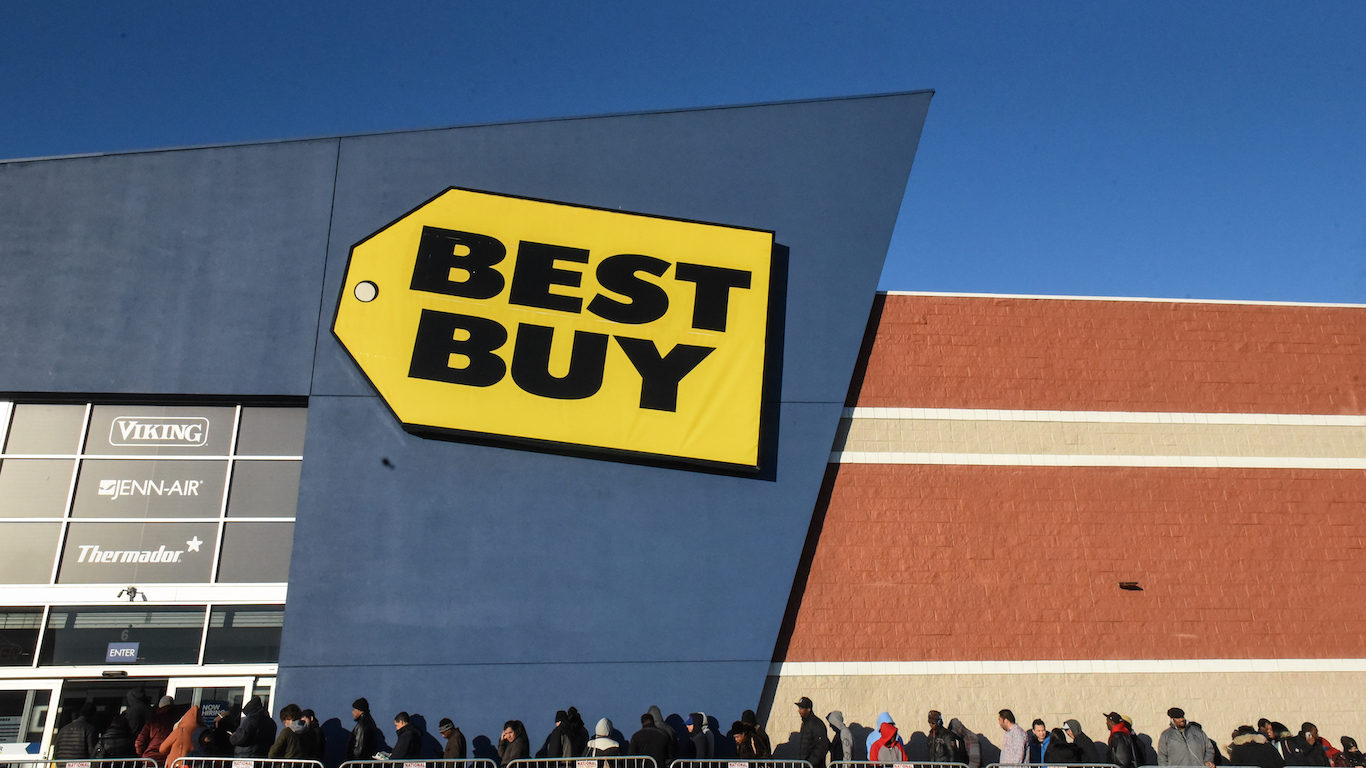
Now that General Electric Co. (NYSE: GE) shareholders have had a few hours to get used to a 50% cut to their annual dividend, it’s probably a good time to take a look at the rest of CEO John Flannery’s strategy.
Calling 2018 a “reset year” for GE, Flannery also said that the company is reducing the number of directors from 18 to 12 and will be combing through its portfolio to find the ones that will create the most value for GE and its shareholders.
The centerpiece of Flannery’s strategy is the divestiture of some $20 billion in GE’s assets. The company agreed in late September to sell its industrial solutions business to ABB for $2.6 billion. The sale will be part of the $20 billion planned sell-off.
GE is also seeking a buyer for its light-bulb manufacturing business, the remaining part of its former Energy Connections and Lighting segment. In the third quarter, the Lighting segment accounted for less than 2% of consolidated revenue. This business has been for sale for a while, but there appear to be no takers at a price GE is interested in accepting.
That brings us to Baker Hughes, a GE Company (NYSE: BHGE), the oilfield services firm GE recently acquired and that CEO Flannery singled out for attention during his presentation. GE’s Oil & Gas segment now includes a 63% stake in Baker Hughes, and Flannery said that GE wants to “maximize the value” of Baker Hughes but went to note that such a maximization might include a different structure or owner for Baker Hughes.
The problem here is that the oilfield services business is volatile and buyers for GE’s stake in Baker Hughes (worth about $14 billion) are not exactly thick on the ground. Schlumberger tried to buy Baker Hughes but ran into regulatory issues that might have disappeared under the new administration in Washington.
The new Baker Hughes also retains some approval rights until mid-2019 over what GE can do with its stake.
Finally, there’s the transportation business, which racked up $1.1 billion in third-quarter revenues and $276 million in quarterly profit, down 14% year over year in revenue and 11% in profit. Year to date, revenues of $3.47 billion are down 8%, the only segment (not including Lighting) to show a year-over-year decline. What’s a locomotive-building business worth?
If GE can realize $14 billion for its stake in Baker Hughes, that brings its total divestiture to nearly $17 billion. Dumping the transportation business and the light-bulb business should allow the company to fulfill its goal of $20 billion.
Investors were hammering GE stock shortly after the noon hour. The shares traded down about 7.6% at $18.95, after posting a new 52-week low of $18.85 earlier. The 52-week high is $32.38. Because the dividend cut has been a near certainty for weeks if not months, the plunging share price is likely the result of the new strategy.
Are You Ahead, or Behind on Retirement? (sponsor)
If you’re one of the over 4 Million Americans set to retire this year, you may want to pay attention.
Finding a financial advisor who puts your interest first can be the difference between a rich retirement and barely getting by, and today it’s easier than ever. SmartAsset’s free tool matches you with up to three fiduciary financial advisors that serve your area in minutes. Each advisor has been carefully vetted, and must act in your best interests. Start your search now.
Don’t waste another minute; get started right here and help your retirement dreams become a retirement reality.
Thank you for reading! Have some feedback for us?
Contact the 24/7 Wall St. editorial team.




